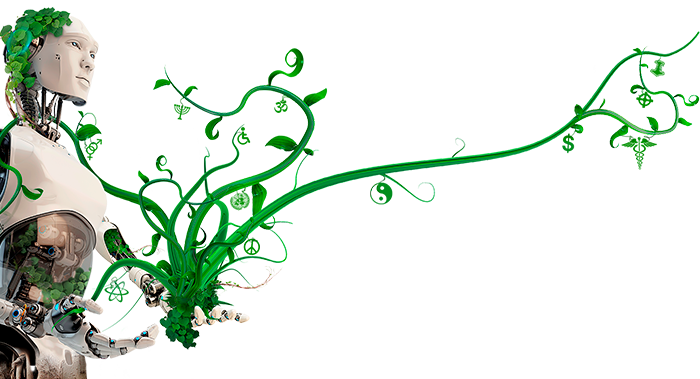

John P. Sullins, (Ph.D., Binghamton University (SUNY), 2002) is a full professor of philosophy at Sonoma State University and the director of programing for the Sonoma State University Center for Ethics Law and Society (CELS). His specializations are: philosophy of technology, philosophical issues of artificial intelligence/robotics, cognitive science, philosophy of science, engineering ethics, and computer ethics. He has numerous publications on the ethics of autonomous weapons systems, self-driving cars, personal robotics, affective robotics, malware ethics, and the philosophy and ethics of information technologies as well as the design of autonomous ethical agents. He is involved in occasional industry and government consultation involving ethical practices in technology design. He was the coauthor of IEEE Courses on Ethics and AI and Autonomous Systems as well as chairing the committee on Affective Computing for the IEEE “Ethically Aligned Design: A Vision for Prioritizing Human Well-being With Autonomous and Intelligent Systems” and co-chairs the IEEE Standards Committee P7008 - Standard for Ethically Driven Nudging for Robotic, Intelligent and Autonomous Systems. He is also the Secretary and Treasurer of the Society for Philosophy and Technology Dr. Sullins is the recipient of the 2011 Herbert A. Simon Award for Outstanding Research in Computing and Philosophy, which was awarded by the International Association for Computers and Philosophy
Ethical Nudging of Users While They Interact with Robots
We describe the kinds of robotic nudging systems for which we need to have ethical standards developed. Then we will discuss the potential for moral harm that ill designed robotic nudging systems can cause. This is followed by an ethical argument to justify certain kinds of permissible robot nudges. Finally, we will discuss the ongoing effort to build actionable standards that designers of these systems can use to help ensure that they are building robotic systems to the highest ethical standards.